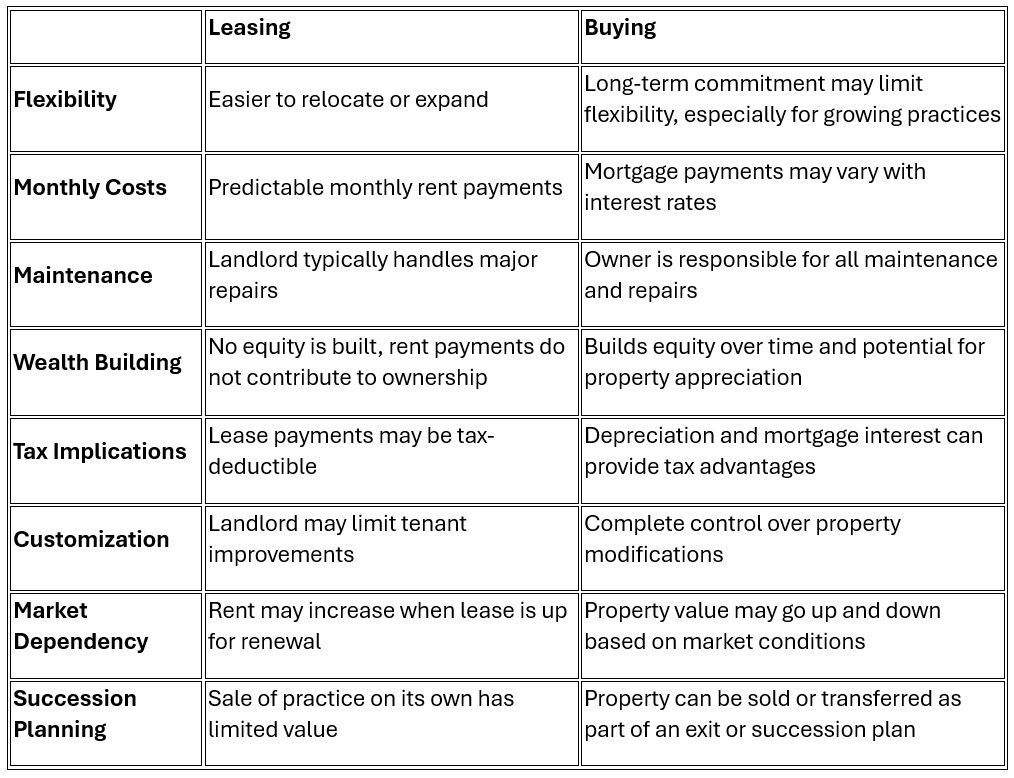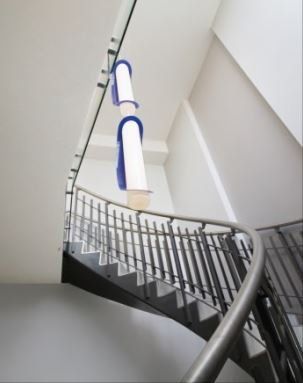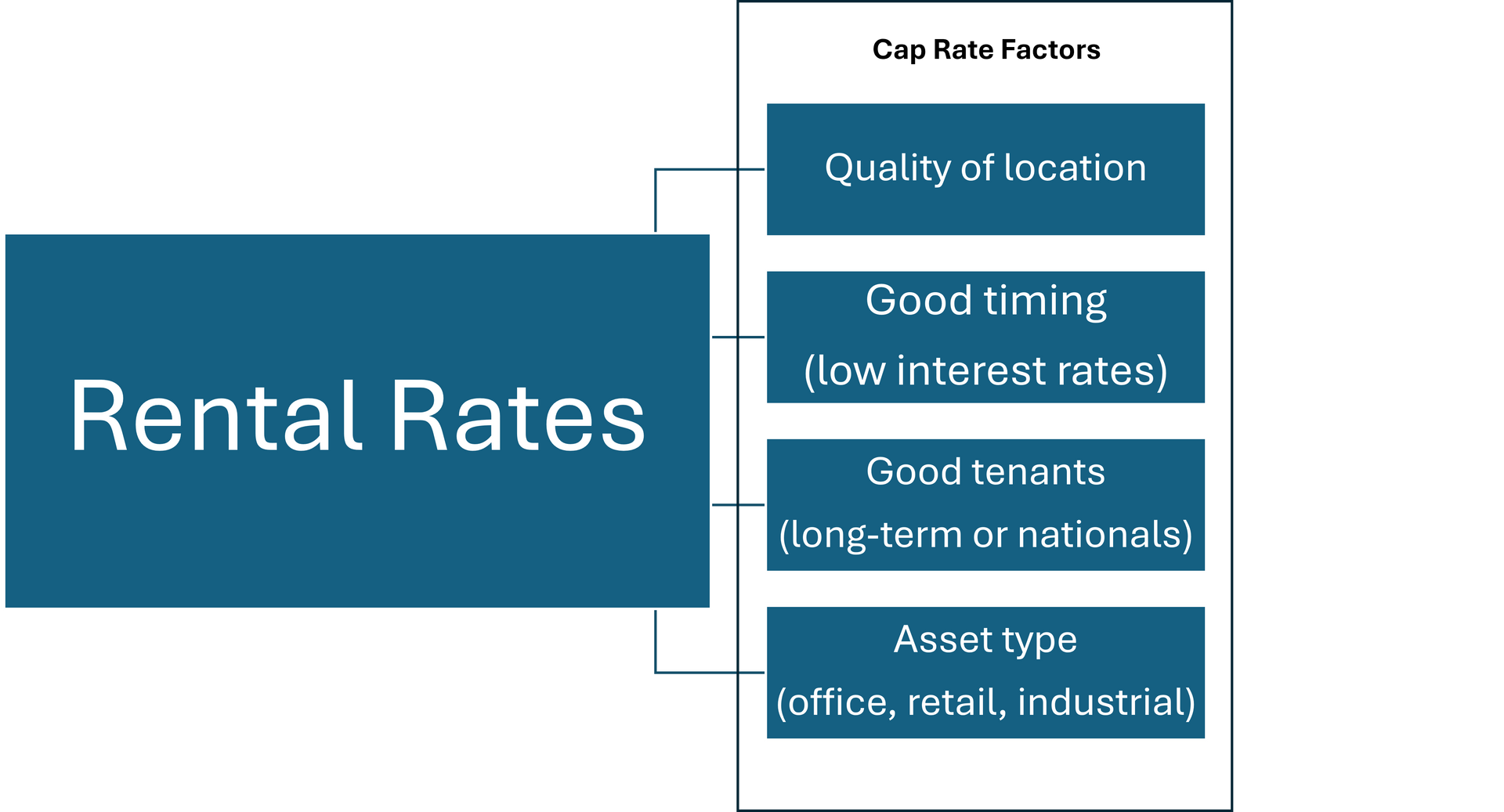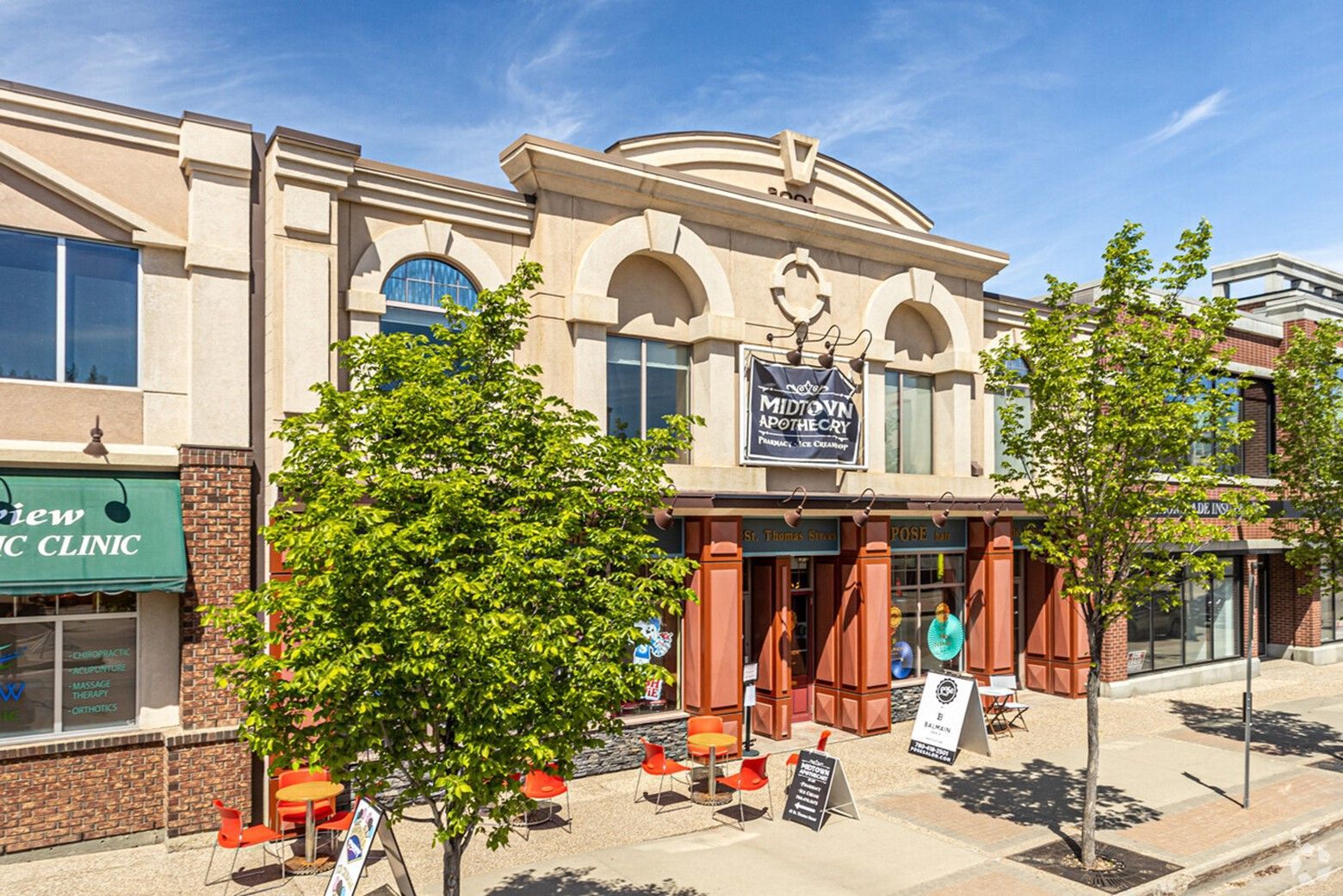Commercial Real Estate for Medical Users
Advice for doctors, dentists, and various others

Commercial real estate for doctors
Our team has worked with numerous medical clinics to locate suitable spaces for their businesses. While each clinic is unique in the services it offers and the specific demographics it caters to, there are some general rules of thumb that all doctors need to be aware of when looking for space.
We understand that for healthcare providers, your time is extremely valuable. If you prefer to discuss our services, you can text or call 780-920-8019 to reach me directly and learn how we can simplify your process.
With that said, here are the main things you need to consider as physicians looking to get into commercial real estate.
Regulations
First, the regulations surrounding the construction of medical clinics are constantly changing. This can be a result of local municipal bylaws or by building codes that are regulated at a federal level. While these regulations are made with the best of intentions, aiming to improve patient safety in the post-COVID era, they also present potential pitfalls to doctors who are unfamiliar with the specifics of the regulations and their impact.
On the local level, zoning bylaws is a significant consideration, but in Edmonton (or Alberta, for that matter), it's a relatively simple one. The key consideration with zoning is to ensure that local zoning authorities will approve the development. Your commercial real estate broker should be able to guide you through this part of the process. If you're considering properties that require rezoning as part of your process, you may want to review your market options to ensure there is not a more straightforward alternative available, as rezoning can take several months to complete.
On the building code side, it is substantially more complex, and utilizing a general contractor with experience in healthcare and medical real estate is crucial for completing your project. The primary consideration for most medical clinics will be HVAC. Following the pandemic, there were significant changes made to HVAC requirements within medical settings and clinics. Even those built just 10 years ago may no longer meet today's requirements.
These requirements are specific to the types of clinics being built, so utilizing the right contractor with the knowledge of the area will save you time and ensure that you are not overbuilding or under-building your space.
For these reasons, it is critical to have both an agent and a general contractor who understand real estate as it relates to healthcare professionals and the specific requirements applied to doctors.
Location
Location is another key consideration for healthcare professionals. I've seen medical doctors move into spaces with limited parking and poor access to public transportation, and their practices generally suffered as a result. While it's true that in Alberta, there is a shortage of family doctors, and if you build it, they will come, you must also consider that your office staff will be hearing complaints from your patients multiple times a day if your location is hard to find or if parking is hard to find. While this can be manageable in the short term, in the long term, it makes working in the clinic significantly less enjoyable for the staff members who are there.
In Edmonton, specifically, the city has relaxed all parking requirements for certain uses, leaving it to the discretion of the developer. While this requires more creativity on the part of developers, it also leads to some sites that are essentially dead areas due to a lack of parking. Typically, medical development should have a ratio of 3:1,000 or 4.5:1,000 parking stalls, which means that for every 1,000 square feet, you should have three to four parking stalls. Some practices will require more, while practices located in a major urban area may need fewer parking ratios if the area is walkable and has good access to transit.
Having exposure or access to residential neighborhoods will be beneficial to some practices but not to others. For example, a family medical practice will benefit from having access to neighborhoods or being exposed to them. An oncologist will not benefit from exposure but will benefit if their location is easily accessible and parking is convenient for patients.
At the time of writing, in Alberta, it is challenging to find developed medical space due to a net positive migration of doctors to the province. While ongoing disputes have existed between the provincial government and doctors, Alberta remains one of the most attractive destinations in Canada for doctors relocating their practices, resulting in a low vacancy rate of healthcare space.
Buildout
In addition to the regulatory hurdles faced by doctors' offices, there will also be specific requirements that depend on the specific practice entering the space. For example, a family medical practice generally has exam rooms that are 8 feet by 8 feet or even smaller, while an ENT, dermatologist, or ophthalmologist will want much larger treatment rooms due to their equipment requirements.
For doctors performing major procedures, such as those in ENT, dermatology, or ophthalmology, as mentioned above, the clinic may be required to have an IPAC-approved or NHSF-approved facility for operations. Again, this is where your contractor comes in and can provide a good idea of what the requirements are. Many regions will have specific requirements for contractors as well, so you may be required to use a particular contractor for your build-out.
Depending on the procedures being performed, space may also require upgraded power, HVAC, or potentially pressurized air lines.
It's also important to note that obtaining all these permits and completing the buildout takes time. At the time of this writing, it typically takes 6 to 8 weeks for a development permit and up to another six months for a building permit, depending on the city. Once the building permit is granted, you can expect a build-out time of three to four months. This means that you should plan for up to a year between submitting your application and actually completing your build-out and moving in. This is in addition to the time required to find the space and work through a purchase or lease contract, which typically takes another two to three months. This will be accurate for Edmonton, Alberta, however, it may change over time and may not be the same in all municipalities or regions. Therefore, it's always best to consult a local expert.
Our team collaborates with contractors and healthcare professionals to expedite this process, typically shaving several months off the timeline by utilizing our contractors and specialists in these areas.
Term
Depending on how long her physician tends to operate out of a location, it makes more sense to buy or lease. Some physicians overwhelmingly prefer to rent because of the simplicity of calling the landlord when anything goes wrong with the building. Others prefer to purchase because of the opportunity to build wealth and for succession planning reasons.
Owning real estate also comes with several tax advantages, so it is crucial to understand the local regulations and consult with an accountant who is familiar with the area and can create the most tax-efficient corporate structure.
When looking for a new location, also consider your intended growth over the next 5 to 10 years. If you want to grow and start multiple locations, then leasing is probably the way to go. Building some flexibility into your lease agreements will go a long way in ensuring that you can expand without being hampered by your real estate.
Cost
The cost of medical real estate will vary based on location but is generally in line with either the office or retail asset classes, depending on where you intend to locate your clinic. In some cases, a medical clinic can be discounted by other medical users, such as a pharmacy within a Plaza, because there is a benefit and a synergy to having associated uses. (Another example would be locating an ENT clinic with an audiologist).
One of the advantages of purchasing commercial real estate as a medical professional is that many doctors are eligible for preferential financing. Doctors and specialists, even those who are startups, can expect highly favorable interest rates and loan terms with the Big Five banks. Many banks will have lending teams dedicated to healthcare lending, offering finance packages tailored to doctors. (In addition to doctors, banks will typically also have programs that cover veterinarians, optometrists, and dentists on the same or similar terms as those offered to doctors.)

Process
Navigating this process can be lengthy and complicated if you don't have the right team in place. Assembling a team comprising a broker, a banker, and a contractor with specific and relevant experience in the area will significantly streamline the process. They can provide you with an idea of what to expect in terms of timeline and budget and assemble the team to cover any contingencies not explicitly addressed by their areas.
Always check with your agent to ensure they have experience with other healthcare deals in the past. This is nice somewhere where you want to give somebody a chance. In this case, it will save you time, energy, and heartache to find a professional who knows what they're doing.
If you have any questions, please don't hesitate to contact us about our services and the individuals we have helped in the past. If we can’t help you, we're happy to point you in the right direction.
If you've made it this far, thank you for taking the time to read. Our team can be reached by text or call at 780.920.8019.
We look forward to hearing from you.











